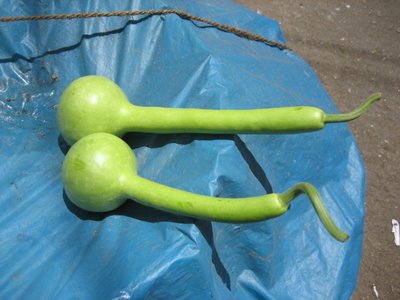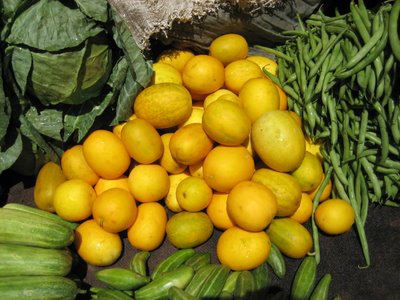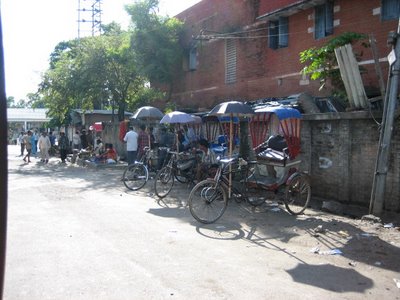Assam – In search of Assam tea
Assam tea..... I don’t know about you but I made one great discovery about it: that Assam tea is granular tea and not tea leaves. I had orders to get "Assam tea" :) and that led me to do a market search on it in the little time that I had. It felt somewhat strange that most local people could not give me satisfactory information about where to get samples of “Assam tea" from. I found myself at the State emporiums but the packaging looked stale and made me feel doubtful about the quality of the contents inside. Anyway, I was finally in a huge wholesale market called the “Fancy bazaar” market in Guwahati where there were several wholesale tea dealers. I zeroed down on one dealer with pleasant salesmen who had a world of time to explain and clear my doubts :), I appreciate that. So it turned out in short that it is the granular tea of Assam that is mostly used to prepare tea and for those who like it to have “leaf” flavor - Darjeeling leaf tea is mixed with it in the popular proportion of 80:20 (granular:leaf). I decided that I wanted more flavor than what is “popular” and so made my purchase in the proportion of 70:30. Not that there is no “leaf” tea in Assam, only that it has no particular flavor and the liquor is very weak - I was told.
My search in the wholesale market for tea also led me to the wholesale area for vegetables. Here are some snapshots :).
My search in the wholesale market for tea also led me to the wholesale area for vegetables. Here are some snapshots :).
The ubiquitous carrot. Yet I was delighted to see it. This is the carrot I actually grew up with, in the sense I find the red variety of carrot here in the north more often than this orange one. The orange one has an association with Walt Disney and Brer rabbit in my mind..... some fond childhood memories.

Meet the betel nut alias supari. This is not the hardened supari, it is soft and moist and looks like miniature coconuts, the external covering opens like one too. Many Assamese people like to chew this soft variety of betel nut packed inside betel leaves (paan) after every meal or otherwise.

This is a ghoti lau. Ghoti = pot. Lou is nothing but gourd or lauki in Hindi :)

This “vegetable” is called kachra. I had never seen a kachra before. The vendor informed me that it is to be cooked with aloos. I couldn’t contend with just a picture, so I decided to carry a couple and I did. Well, back home when it was split open to be cooked with aloos, a new experience greeted me: the kachra looked exactly like a melon from inside with seeds and all and even tasted like one! I do not doubt the vendor but I couldn’t adjust my taste – but I love the color of the vegetable or fruit whatever it may be.

The rickshaws in all the places that I went to in Assam had an additional feature and I found that quite interesting. As you can see, it is about the cover over the head of the rickshaw puller. It was raining when I was there and when it was not, the daytime sun was very strong.


















7 comments:
I should go to India someday.
you surely put up some awesome pics, nice very nice
An interesting post. And some really interesting pics!
I love the symmety of carrot , the tapering belly of lauki and most of all I liked the Umbrella rickshaw, I never saw that variety in North India .Maybe it rains more in the east .It's intereting to know how enviornment changes the mechanics
Guwahati - Hat or bazaar of 'Gua' (beetlenut) does havoc to the tongue of the Ahom people. The culprit is well exposed sitting innocently in the basket. It is sad that such a derogatory name - 'Kachra' is given to such a handsome, smooth skinned veg/fruit.
two questions!
1) what did you cook with all these nice veggies!
2) are you a good cook?
:D
Thanks everyone for your visit and your comments.
Post a Comment